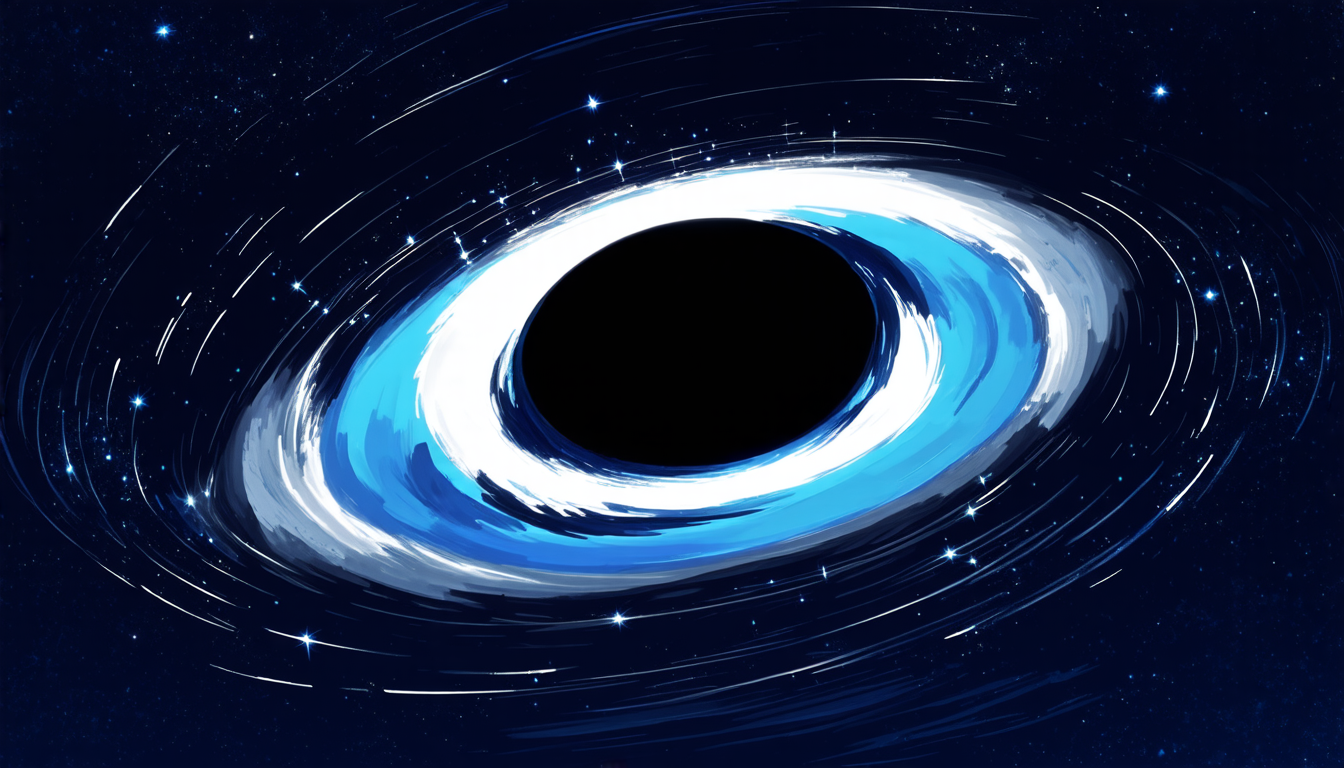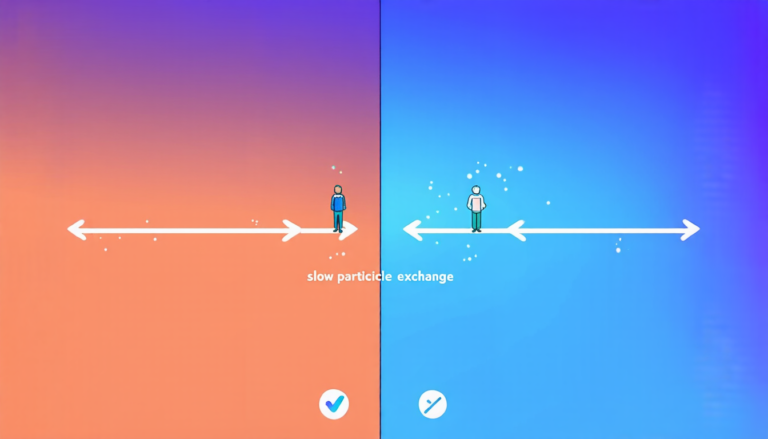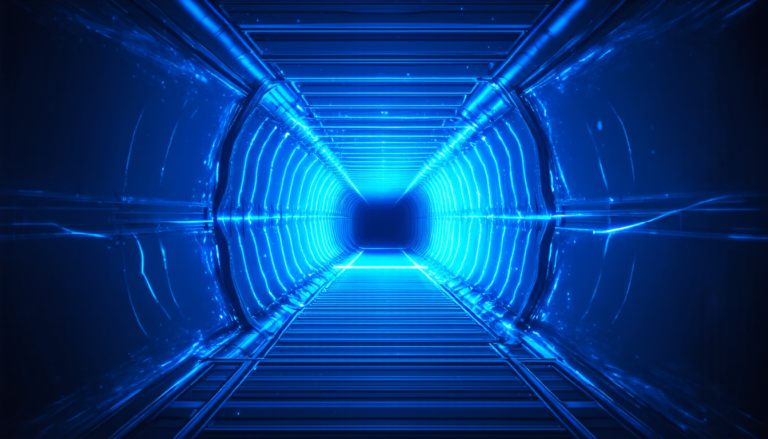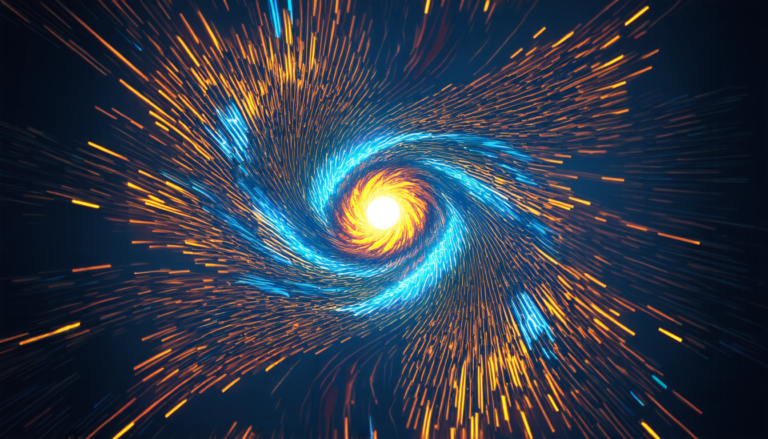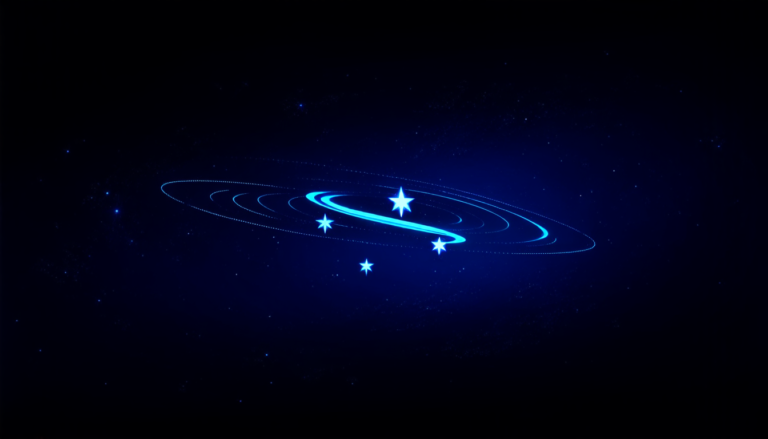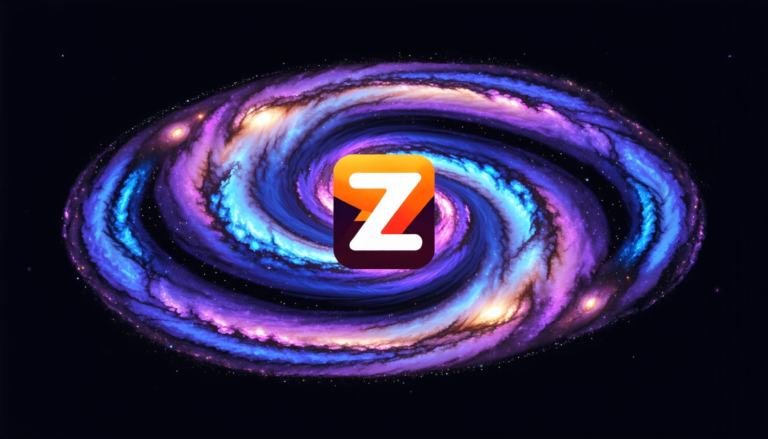Saturday 10 May 2025
The quest for a unified theory of physics has been ongoing for centuries, with scientists seeking to reconcile the mysteries of gravity and electromagnetism. In recent years, researchers have made significant strides in understanding the behavior of black holes, those cosmic behemoths that warp space-time around them.
Now, a team of physicists has taken another crucial step forward by studying the effects of loop quantum gravity on accretion disks surrounding these mysterious objects. Accretion disks are vast swaths of hot, swirling gas that form when matter is pulled towards a black hole, and they play a crucial role in our understanding of how these cosmic monsters function.
The researchers used advanced mathematical models to simulate the behavior of electrons and photons in the vicinity of a deformed Schwarzschild black hole, inspired by loop quantum gravity. This theoretical framework attempts to merge two major areas of physics: general relativity and quantum mechanics. By doing so, it provides a more accurate description of space-time at the smallest scales.
The team found that increasing the parameter γ, which represents the strength of the loop quantum effects, leads to changes in the radiation properties of the accretion disk. Specifically, they observed an increase in the electromagnetic radiation flux and temperature as γ rises. This means that the disk becomes more luminous and hotter as the loop quantum effects become stronger.
This finding has significant implications for our understanding of black hole behavior. For instance, it suggests that the radiation emitted by an accretion disk may be affected by the presence of loop quantum gravity. This could have a major impact on our ability to observe and study these cosmic objects in detail.
The researchers also discovered that the ISCO (innermost stable circular orbit) radius for particles moving around the black hole decreases as γ increases. This means that the gravitational pull of the black hole becomes stronger, causing particles to spiral inward more quickly.
These results provide further evidence of the importance of considering loop quantum gravity in our understanding of black holes and accretion disks. By integrating this theoretical framework into our models, scientists can gain a deeper understanding of these complex phenomena and potentially uncover new insights about the fundamental nature of space-time itself.
The study’s findings also highlight the potential for future research in this area. As scientists continue to refine their models and gather more data, they may uncover even more surprising effects of loop quantum gravity on accretion disks and black holes.
Cite this article: “Unlocking the Secrets of Black Hole Accretion Disks with Loop Quantum Gravity”, The Science Archive, 2025.
Black Holes, Loop Quantum Gravity, Accretion Disks, Radiation Properties, Electromagnetic Radiation Flux, Temperature, Schwarzschild Black Hole, General Relativity, Quantum Mechanics, Gravitational Pull

